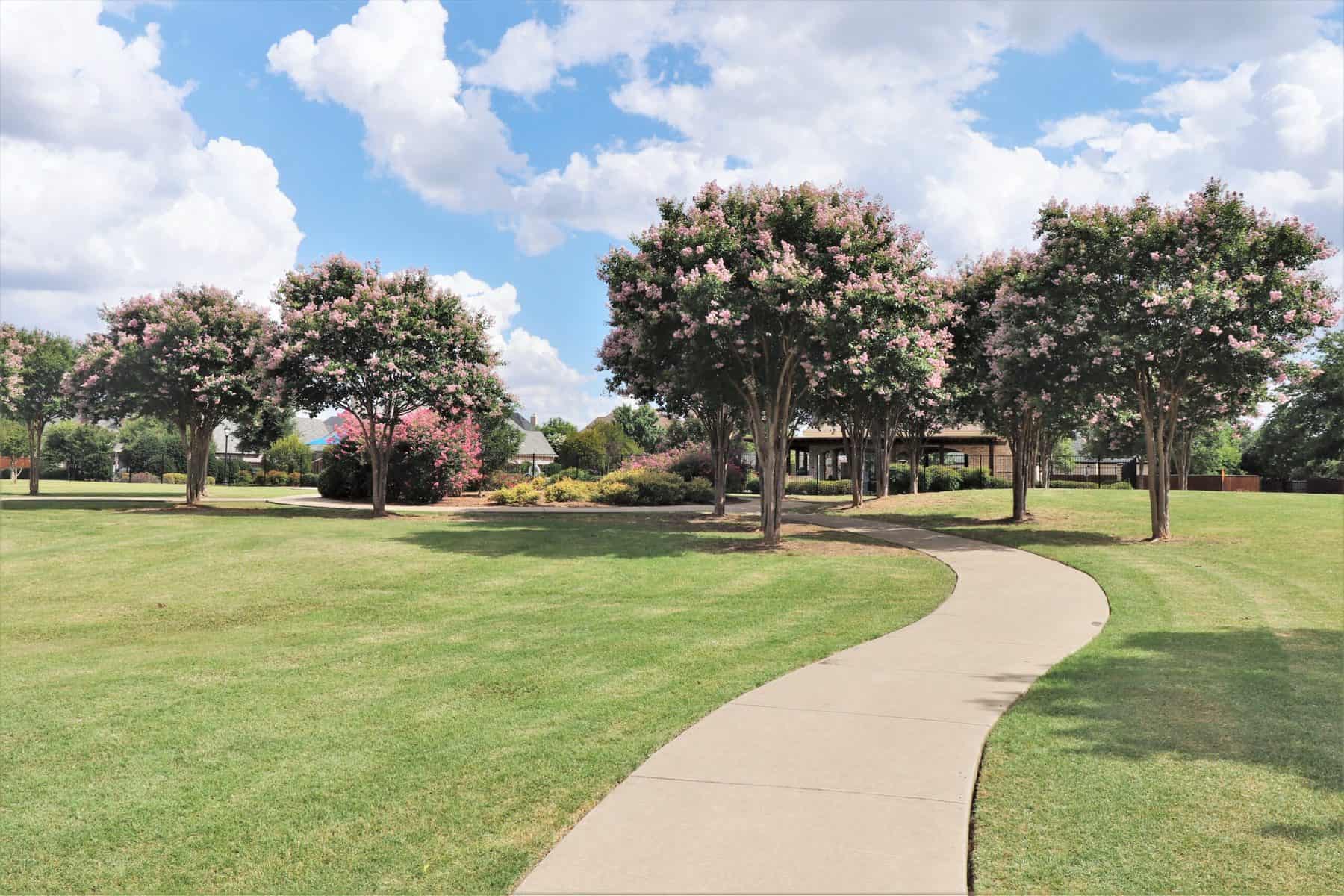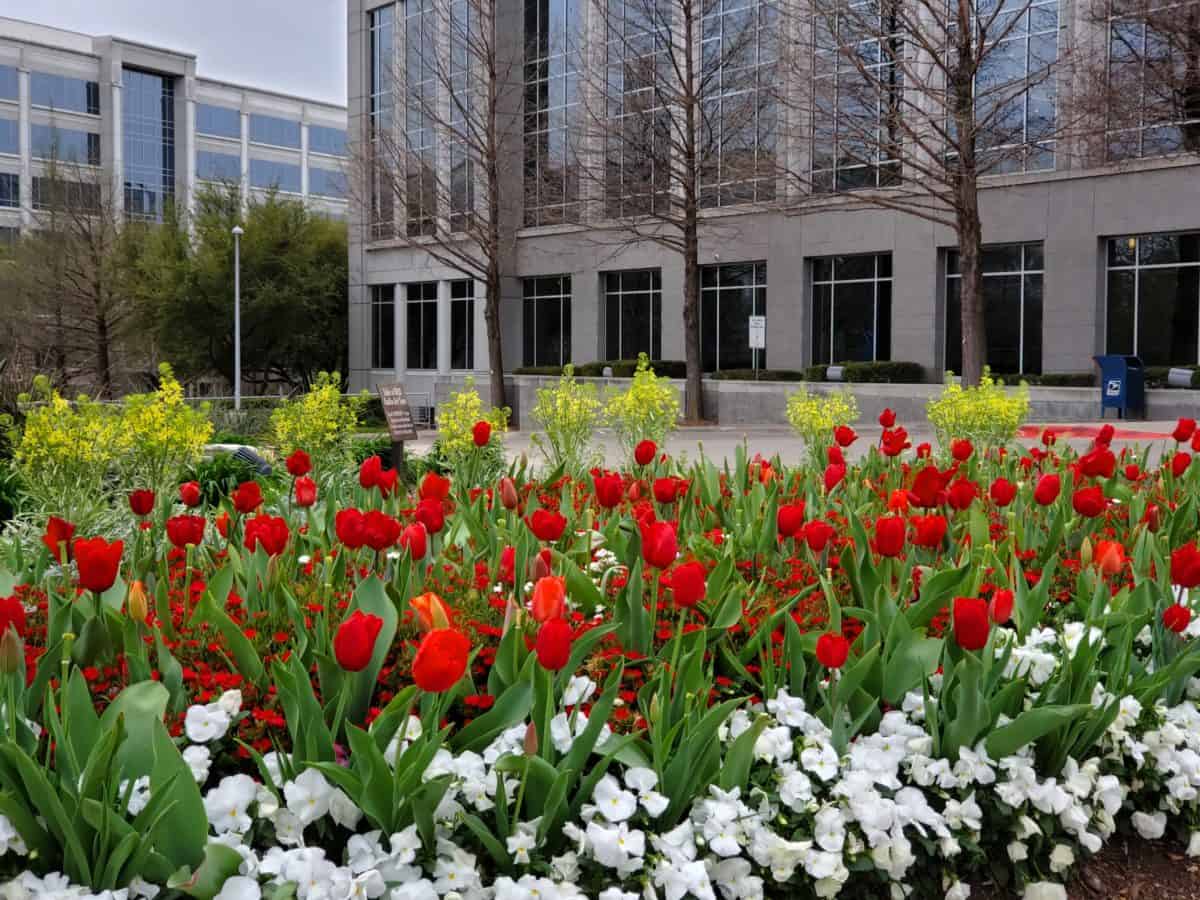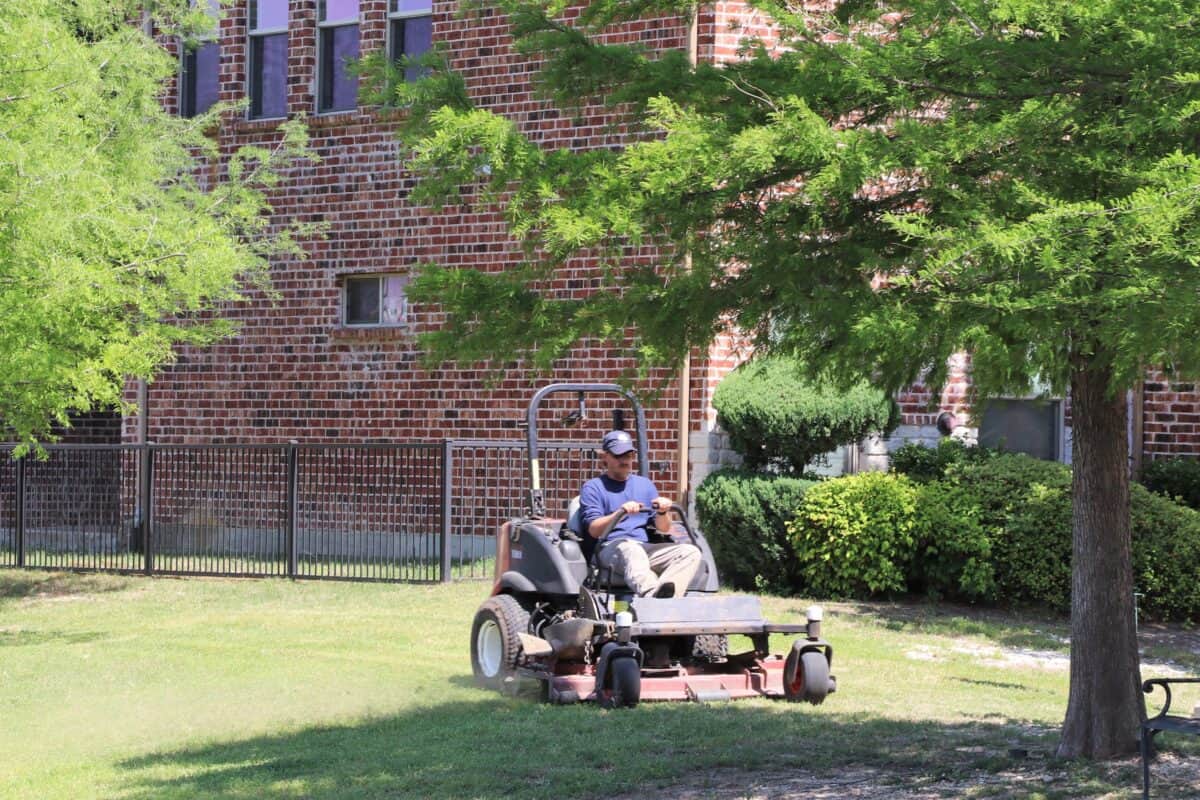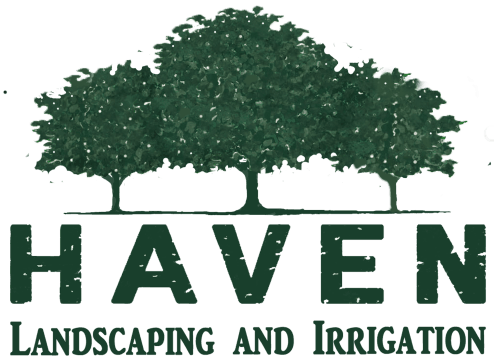
Now that September has arrived, it’s time to think about your commercial landscaping fall checklist. Whether you have an HOA, commercial property, or private residence, attaining a beautiful spring landscape requires foresight and preparation now. Perennials, trees, grass and future spring plantings won’t flourish without taking steps to revitalize your landscape before the winter months. Now is the time to do the following tasks to prep for spring:
Walk the Property

Walk the entire property and inspect how each area has progressed during the past season. Note plants and trees that look diseased, overgrown or dead so that they can be trimmed or removed. Inspect places where grass is sparse or dead. Update the landscape plan according to whether or not plants are flourishing in their current location. Find the correct types of plants for problematic areas.
Remove Dead Branches and Plants

Large, dead branches present a hazard to buildings and other landscape elements during high winds and storms. Trim all diseased and dead tree branches close to the trunk. Remember that trees add considerable value to your property so don’t scrimp on the proper maintenance! Make sure to remove all diseased, dying, and dead trees, shrubs and other perennials. Determine the reason for the dead plant material and plan accordingly. Possible resolutions may include fixing irrigation issues or changing to a more suitable type of tree, plant, or grass.
Clean Beds and Planters
Take time to remove dead or dying summer annuals from beds and planters. Plants left throughout fall and winter will decompose, attracting slugs and possibly causing disease that can affect your spring plantings. Add compost to protect the soil and prepare for new plantings.
Plant Bulbs, Perennials and Seasonal Flowers

Fall is an optimal time for planting because the soil is still warm which gives roots time to develop before winter. Make sure to plant what is appropriate for your zone. Fall is the time to plant tulip, daffodil, and crocus bulbs that will bloom in the spring. Make sure to mark the area so the bulbs are not disrupted during spring planting. Plant seasonal flowers like Pansies, Dianthus, Cabbage, Winter Camellia, Kale, and Violas for a fresh burst of fall color that will last through winter. Its also the perfect time to plant turf grass, perennials, trees, and shrubs.
Trim Perennial Foliage
Pruning is both a regular part of landscape maintenance and a way to remedy problems with your plants. Trimming perennials will revitalize their roots for next season and also help determine the plant’s form as it grows. Depending on when the plant produces flowers, it may be better to prune in winter or spring. Knowing which plants to prune and when is important to a successful outcome. In general, it is best to do fall pruning after plants have entered dormancy and stopped growing. Some plants need shaping and trimming of overgrowth while others do better when cut back to the ground. An experienced commercial landscaper will know the best maintenance plan for your particular business or HOA landscape.
Compost and Mulch

Carefully till compost and old mulch into the soil around remaining plants to provide nutrients for the fall and winter. Put a 2-4 inch layer of fresh mulch around all plants to give them warmth and protection during the upcoming winter months.
Mow, Fertilize, and Aerate

Mow grass down to 1¼ inches for the last cut of the season. Since grass receives most of its nutrients from the upper parts of its blade, cutting the grass any shorter may inhibit future growth. Grass roots keep growing until the temperature reaches 40 degrees, making fall a good time to apply fertilizer to encourage root growth. Aerating the entire lawn area is a good practice that pulls out plugs of compressed soil to allow water and nutrients to reach the roots. It is also an optimal time to lay sod or spread grass seed.
Taking the time now to complete this commercial landscaping fall checklist will pay off in the spring. If your commercial property or HOA needs help with commercial landscaping services, contact us today to schedule a consultation.

